When the high-speed rail is in operation, the trains and rails at high speed are constantly in contact, and the vibration generated is very large. The general screws will be shaken and shaken in this vibration. If you don't want to be shocked, you need screws and nuts to get into the buckle, never loose. This requirement seems simple, but it is not easy to satisfy it. You think, the world's companies that do screw nuts can be said to be a lot of hair, but how many companies can produce such a never loose nut? It is said that China's high-speed rail has adopted the never-loose nut of the Japanese company Hard Lock Industrial Co., Ltd. Where is the nut of the house? Can China's fastener companies also be produced?
In fact, the president of Hadlock Industrial Co., Ltd., Jolin Kah Yan, invented the nut U nut that would not be rotated as early as 1961. After five years of working, Ruolin visited an international industrial product exhibition in Osaka, and he was inspired by a bag of materials and samples taken back from the exhibition. Among these data samples, there is an anti-turning nut that attracts Jolin's attention.
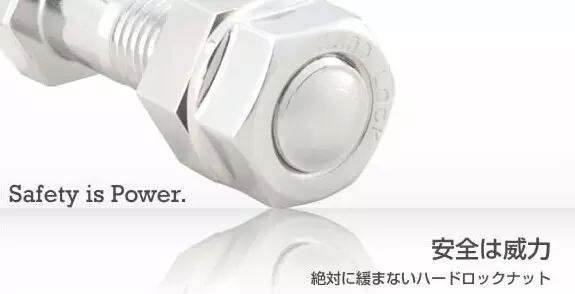
If Lin saw the market potential of this nut, but the nut structure is complicated and the price is high, he wants to replace this complicated anti-rotation nut with a simpler structure. In the end, the hard work pays off, and it took a long time for Ruolin to develop a simple anti-turn nut.The 28-year-old Jolin named the anti-rotation nut U nut and created a company to produce and sell the nut. This is the first company founded by Ruolin, Fuji Precision Manufacturing Co., Ltd. It took only more than an hour for Ruolin to develop this anti-rotation nut, but it took more than two years to promote it to the market.
With the increase in sales, Ruolin’s confidence has also increased greatly, and the “Non-Loss Nut†advertisement has been produced. I did not expect this ad to bring trouble to Ruolin. The U nut assembled on the excavator and pile driver is loose due to too much vibration. Some customers come to sue.
At that time, the monthly sales of Fuji Precision Manufacturing Co., Ltd. had reached 100 million yen. The phenomenon of loosening was not common. Many people in the company treated the phrase "never loose nut" as an advertisement. These prosecutions are on the lookout. But if Lin doesn't think so. He said that since the nut is declared to be a nut that is never loose, it should be done without loosening under any conditions. But can this be done? Partners are skeptical.
In order to uphold his belief, if Lin had to leave the company he founded, he took away the patent of U nut. In 1974, Jolin began to create a second company, HardLock Industries Co., Ltd., in order to produce nuts that would never be loose.
If Lin was inspired by the hoe in the ancient wooden structure, he invented the nut that was never loosened in the nut. However, waiting for him turned out to be the same long and painful promotion path as the first venture. Since the structure of the HardLock nut is more complicated than the general nut and the cost is high, the selling price is about 30% higher than that of the ordinary nut. This has become the biggest obstacle to the promotion of this nut.
When the HardLock nut had no sales, the new company had to do some other work to maintain the company's operations, in addition to the U-nut patent. Finally, a railway company adopted Ruolin's products, which proved the strength of this kind of nut. The railway company is in great need of earthquake-resistant and loose-proof nuts, and there are many Japanese railway companies. This has brought development opportunities to the new company of Jolin. JR, the largest railway company in Japan, has finally adopted HardLock nuts and is fully used in Japan. Trunk line.
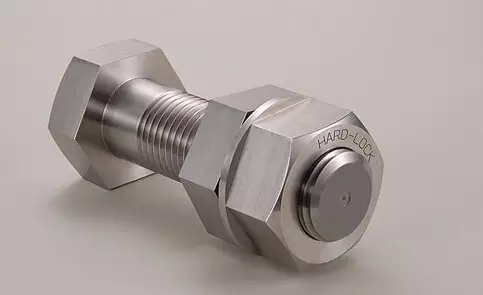
HardLock nuts have become the only loose nuts in the world, not only widely used in Japan, but also in the main bridges and buildings around the world. Of course, the success of the hardlock nut will also attract many imitators to imitate. In fact, the principle structure of the hardlock nut is relatively simple. Although there are many imitators, there are few successful people. This is the key to technology. Although you know the principle and structure of the nut that is twisted, you can't produce a nut that never loosens. This is the special skill of others.
From the above introduction, it seems that the invention of this nut is not difficult, and promotion is very difficult. In fact, this is an illusion. It is not difficult to invent a nut of such a structure, but it is still necessary to continuously improve the invention by turning the invention into a solid nut that is never loose. From the establishment of this company to the full use of Japan's largest railway company, Jolin spent nearly 20 years. This continuous technological improvement over the past 20 years has made the HardLock nut the only loose nut in the world.
Hadlock has made a special note on the website: the company's unique technology and know-how accumulated over the years, the different eccentricity of different sizes and materials, which is the key to the HardLock nut can not be imitated. It can be seen that without this technology, even if you understand the principle of this nut, it is difficult to produce.
Eccentric interference self-locking stacking nut. This is the structure! The focus is on the combination of processing technology and various parameters!
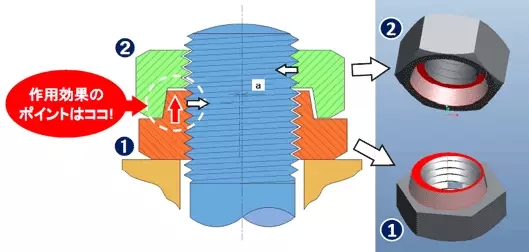
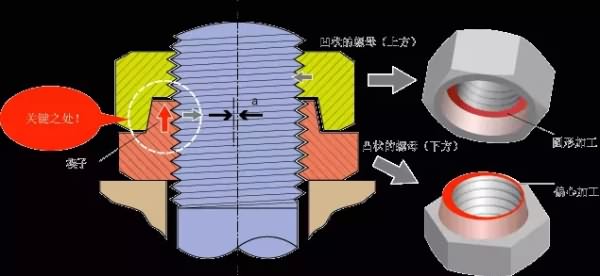
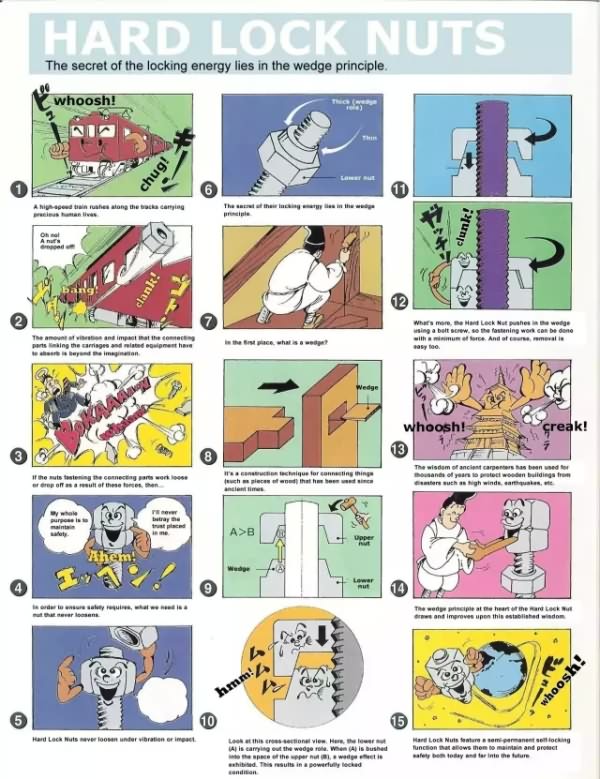
(Article source: Jin spider fasteners network WeChat comprehensive finishing report)
A high security Fence is a type of perimeter barrier designed to prevent unauthorized access and enhance security. It is typically made of strong and durable materials, such as steel or aluminum, and is built to withstand forceful entry attempts.
Features of a high security fence may include:
1. Height: The fence is usually taller than a standard fence, typically ranging from 6 to 10 feet in height, to deter climbing or scaling attempts.
2. Anti-climbing measures: The fence may have features like anti-climb spikes or Barbed Wire along the top to make it difficult for intruders to climb over.
3. Strength and durability: High security fences are constructed using heavy-duty materials that are resistant to cutting, sawing, or tampering. They are built to withstand significant force and impact.
4. Secure gate systems: Access points are equipped with secure gate systems, such as electronic locks, keypads, or biometric scanners, to control entry and exit.
5. Surveillance integration: High security fences often incorporate surveillance systems, such as CCTV cameras or motion sensors, to monitor the perimeter and detect any suspicious activities.
6. Ground reinforcement: The fence may have additional measures, such as buried concrete foundations or anti-digging barriers, to prevent tunneling or digging under the fence.
7. Aesthetic options: While security is the primary focus, high security fences can also be designed to blend with the surrounding environment or architectural aesthetics.
High security fences are commonly used in various settings, including military installations, government facilities, prisons, airports, industrial sites, data centers, and high-value properties. They provide a physical barrier that acts as a deterrent and helps protect against unauthorized access, vandalism, theft, and other security threats.
High Security Fence,Decorative Wire Fence,Plastic Security Fence,Anti Climb Security Fence
Anping Xinlong Wire Mesh Manufacture Co.,Ltd. , https://www.xinlongfence.com